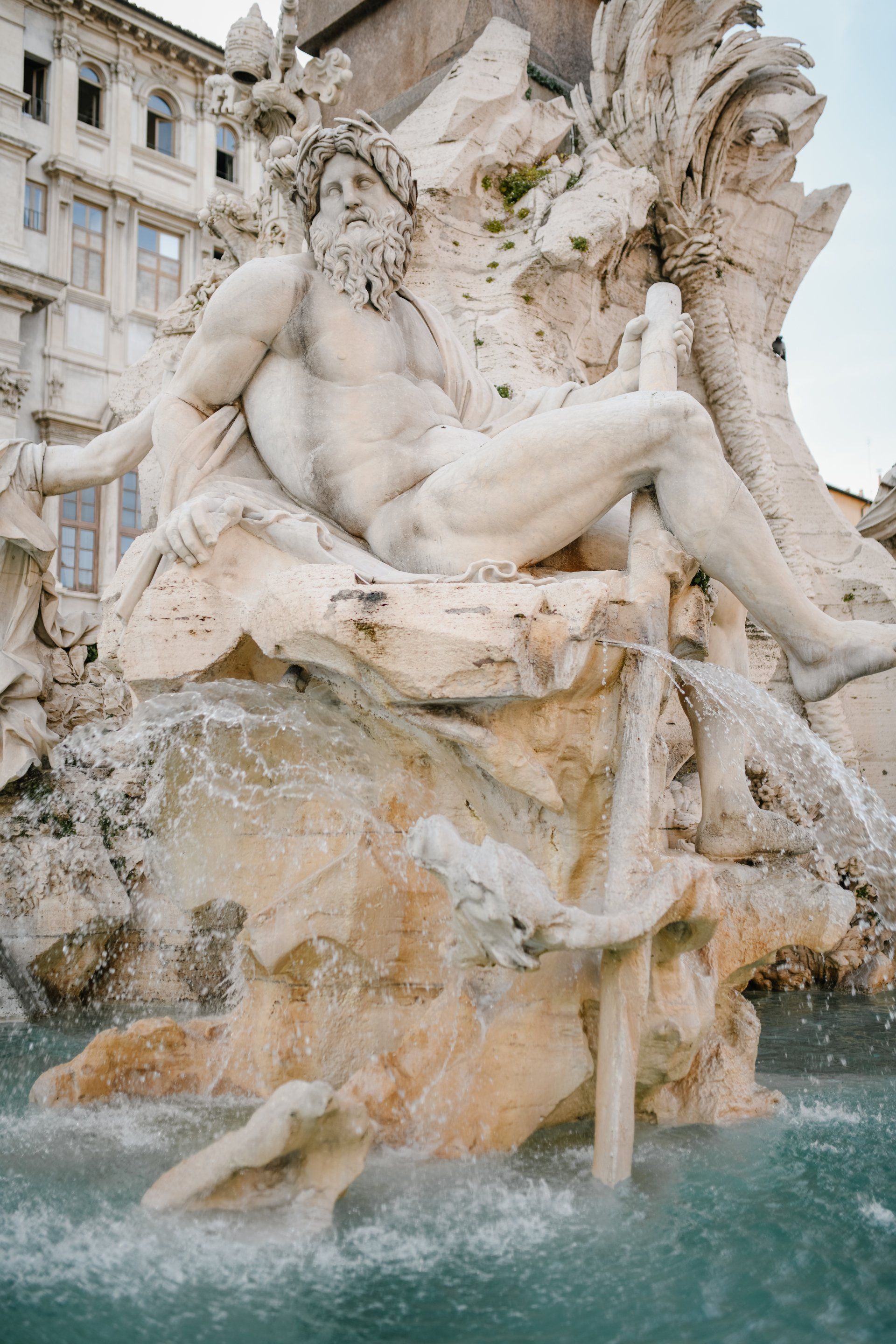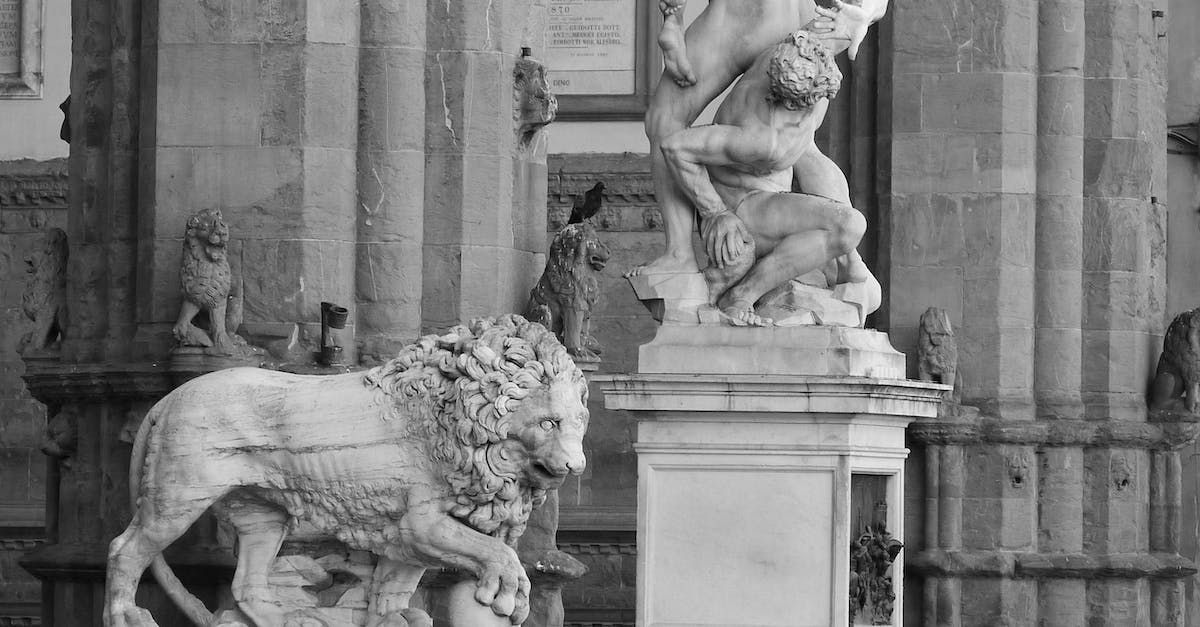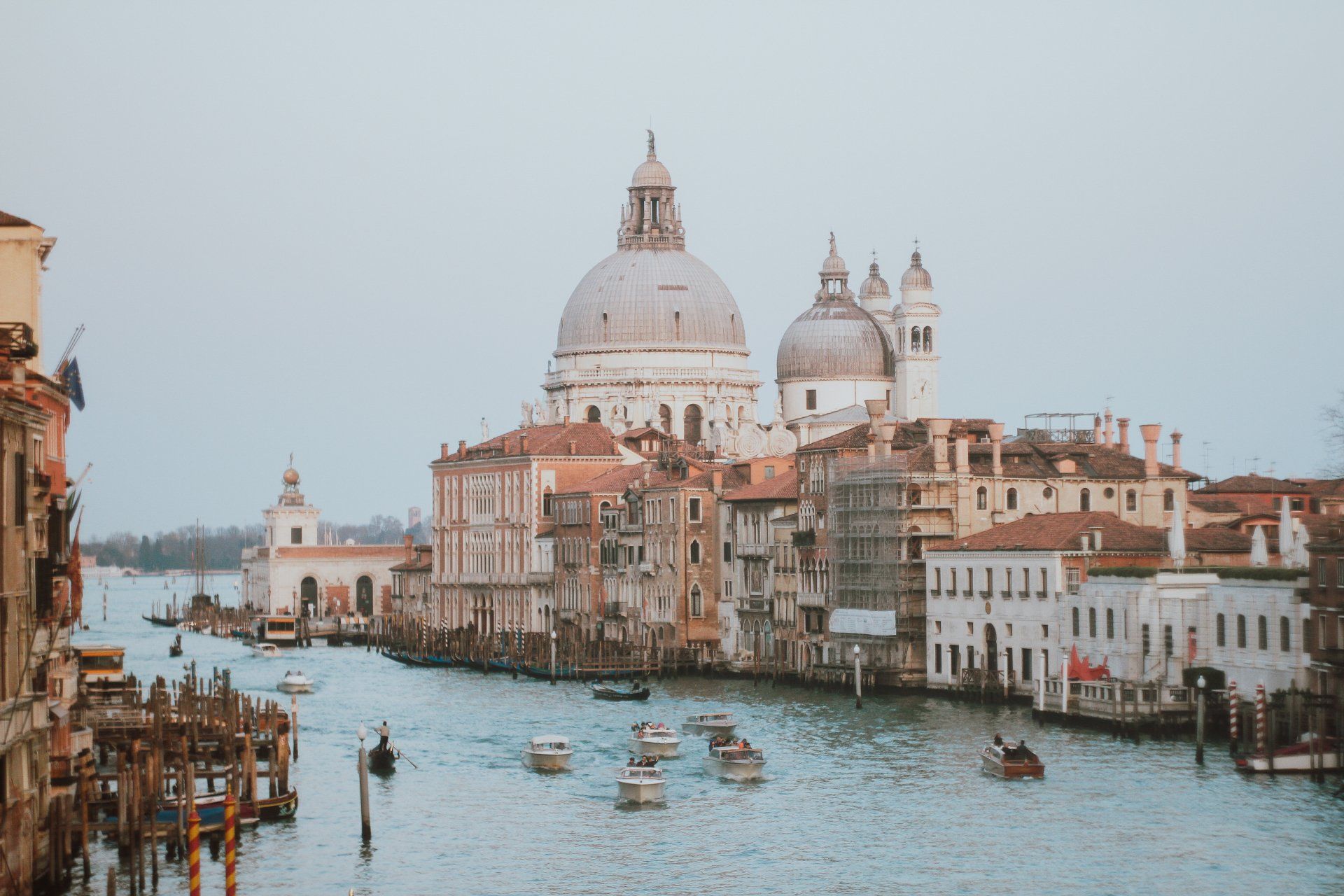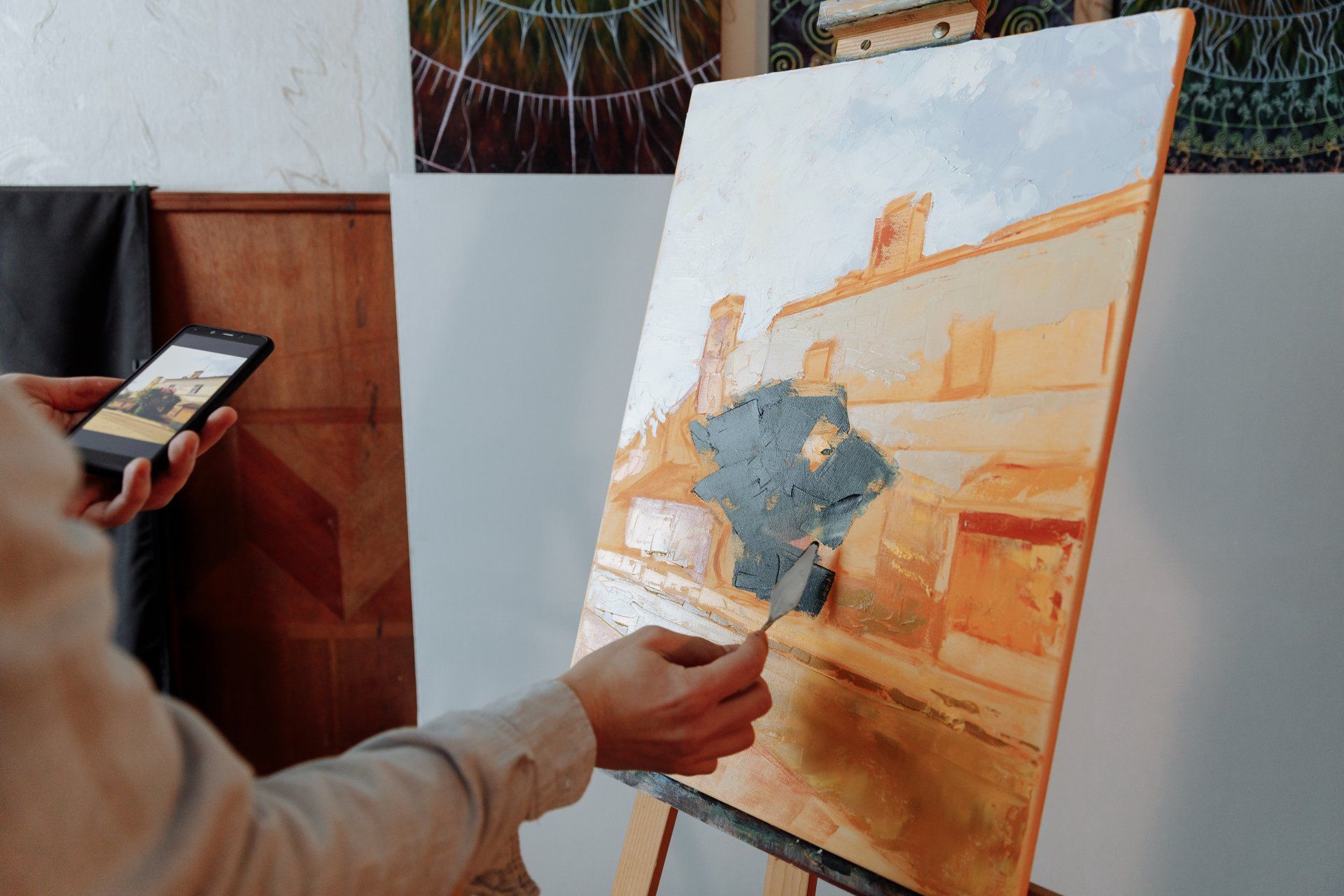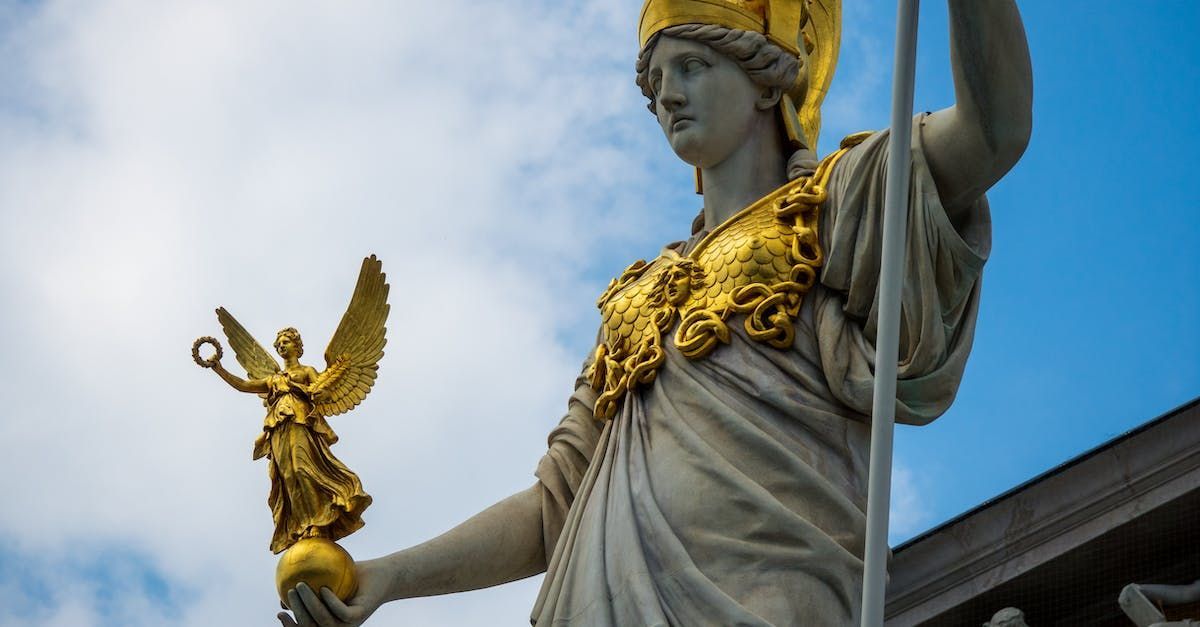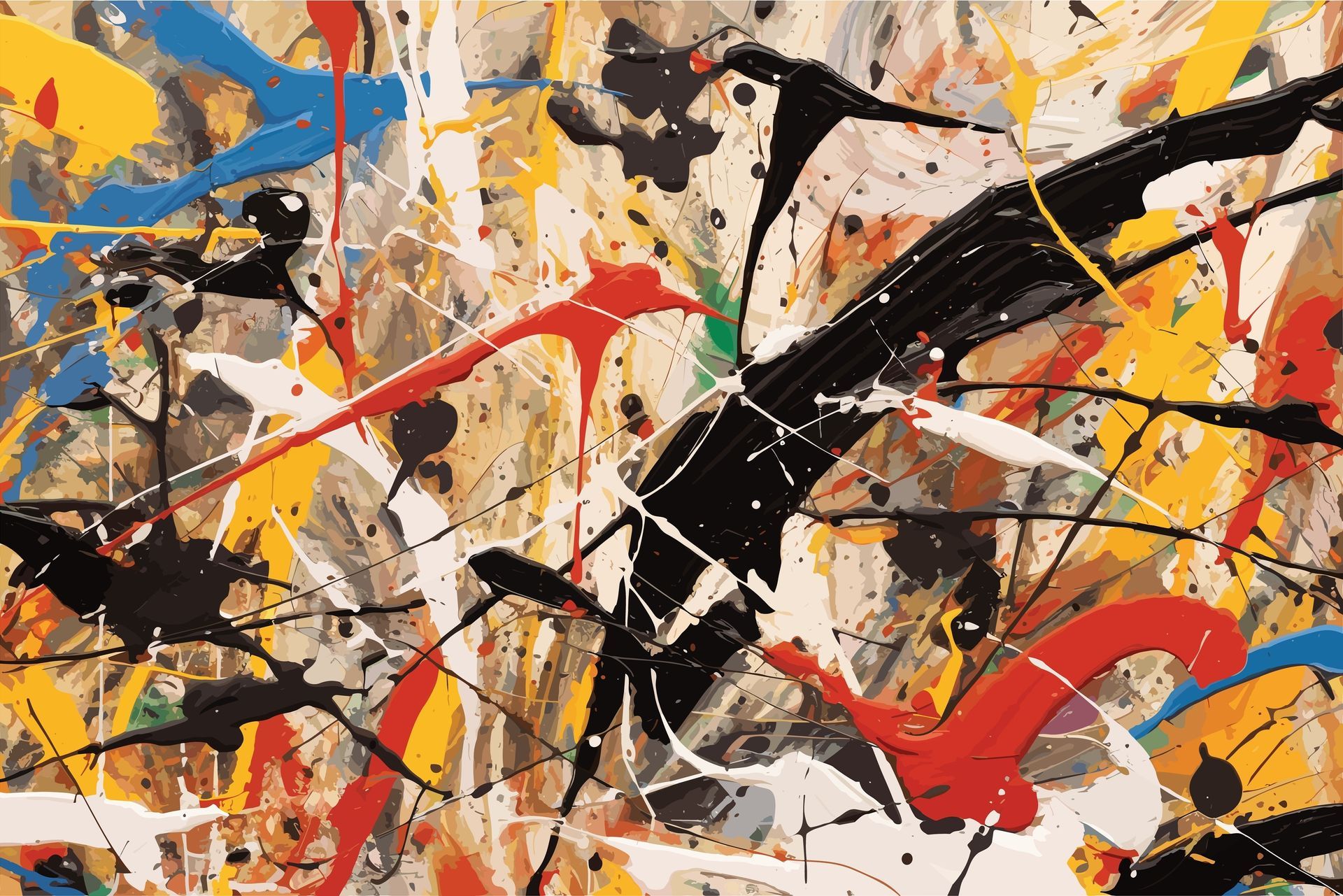Henri Matisse
Bold Color and Form

Henri Matisse, a prominent artist who lived from 1869 to 1954, left an indelible mark on the art world as a leading figure in Fauvism and an innovator in modern art. Renowned for his bold use of color and simplified forms, Matisse's artworks, such as "The Dance," exemplify his vibrant and expressive style. This article explores Matisse's artistic contributions, his role in Fauvism, and his impact on the development of modern art.
Bold Use of Color and Simplified Forms:
Henri Matisse's artworks are characterized by their bold use of color and simplified forms. He had a remarkable ability to use vibrant and unconventional color palettes to create dynamic and visually striking compositions. Matisse's use of color was not constrained by realism; instead, he employed color expressively, evoking emotions and capturing the essence of his subjects. In addition, his simplified forms and fluid lines added a sense of energy and movement to his artworks, allowing viewers to engage with the works on an emotional and sensory level.
Prominence in Fauvism:
Matisse played a pivotal role in the Fauvist movement, which emerged in the early 20th century. Fauvism was characterized by its use of bold, non-naturalistic colors and spontaneous brushwork. Matisse, along with other Fauvist artists, rejected traditional representational approaches in favor of expressing emotions through color and form. Their artworks were characterized by vibrant, exuberant palettes and a departure from realistic representation. Matisse's contributions to Fauvism helped redefine the possibilities of color and form in art, challenging established norms and opening new avenues for artistic expression.
Innovation in Modern Art:
Henri Matisse's innovative approach to art had a profound impact on the development of modern art. His exploration of color, form, and composition pushed the boundaries of traditional artistic conventions. Matisse's use of color as an expressive tool, his simplified forms, and his emphasis on subjective expression influenced subsequent generations of artists. His bold and audacious style paved the way for abstract art and encouraged artists to experiment with unconventional approaches to representation. Matisse's legacy as an innovator in modern art endures as his artistic contributions continue to inspire and influence artists worldwide.
"The Dance" and Vibrant Expressive Style:
"The Dance" is a prime example of Henri Matisse's vibrant and expressive style. This iconic artwork showcases his bold use of color and simplified forms, depicting a group of joyous dancers in a rhythmic and dynamic composition. Matisse's masterful arrangement of shapes and colors creates a sense of movement and celebration, inviting viewers to join in the lively scene. "The Dance" encapsulates Matisse's ability to convey emotions and capture the essence of a subject through his distinctive visual language.
Henri Matisse's bold use of color, simplified forms, and expressive style have left an enduring impact on the art world. As a prominent figure in Fauvism and an innovator in modern art, Matisse challenged artistic conventions, redefining the possibilities of color and form. His vibrant and dynamic artworks, such as "The Dance," continue to captivate viewers with their emotive power and energetic compositions. Matisse's contributions to modern art inspire artists to this day, serving as a reminder of the transformative potential of color, form, and subjective expression in artistic creation.
